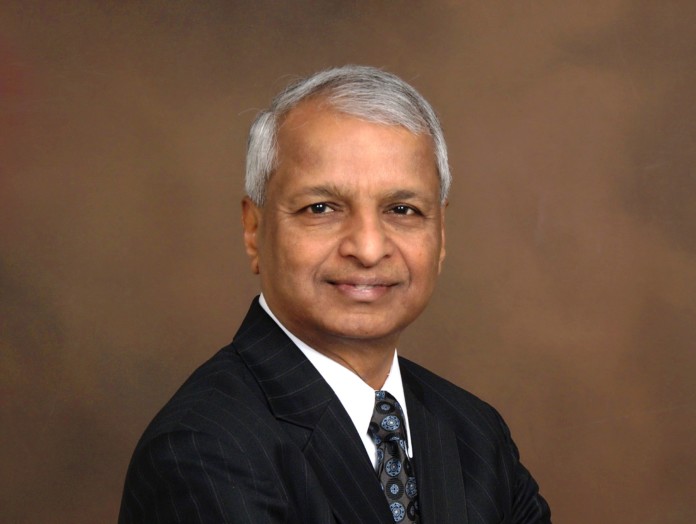Desh Deshpande, founder of Deshpande Foundation, tech entrepreneur, on the board of MIT, has been busy for over a decade in solving problems of the poor at scale. Edited excerpts from his keynote at a recent CSR conclave in Bengaluru.
The very bottom of the population in India and the world over don’t have disposable income. It is not a competitive market for businesses. It’s important that we work together to uplift them so that they have enough disposable income and become ready to be part of the free-market economy.
People who are participating in uplifting the bottom third of the population have a lot of compassion. However, the way they are funded and staffed do not lead to execution excellence. It does not have a nice feedback loop.
There are 3.5 million NGOs in India – it is a land of the living dead. Which means, because of legal complexity mergers and acquisition in this space is non-existent. There are little NGOs all over the space. They are usually dysfunctional. They just don’t go away and spend all their energies in just survival.
One of the things we can do is – companies have execution excellence and NGOs have compassion. What we need is to drive compassion in companies and execution excellence in NGOs. To do this, we need funds and mindshare of the people.
In
In the new CSR law in India – we need to find a way to let corporate leaders uplift promising NGOs. That’s the only way to uplift non-performing NGOs. The only way to shift ratios of NPAs from non-promising to performing assets.
It’s striking that in India there are only six NGOs that have a turnover of more than Rs. 100 crores a year.
It may be daunting for one company to take on this challenge. Multiple companies can come together and pilot an intervention. At the end of the
How to Bring Excellence to Relevance
This is

Right now, DF has been able to bring down the variable cost a farmer pays per pond to Rs. 45,000 (compared to the market cost of about Rs.75,000). With one machine we can do 1000 ponds a year, but we have a backlog of 5,000 ponds a year. How can we address this challenge and work at scale especially when India needs a million farm ponds?
DF changed the paradigm and recently switched to
A lot of these thinking are native to companies. We cannot grow linearly – building 20,000 ponds won’t do much of a difference to the agrarian crisis. We need a non-linear track. We need to work with other partners. If we have to solve water-for-irrigation problems we have a big opportunity.
Bringing excellence and relevance to people does not come naturally. In India, 20% of the people have a lot of disposable income and 80% don’t. It’s exactly the opposite in the US. The world works for those who have disposable incomes. There are very few solutions for people who don’t have disposable income, even in the US.
MIT, Harvard Want to Help, but ….
The challenge is big institutions like MIT, Harvard, Stanford want to solve the problems of the bottom of the pyramid but are clueless about understanding the customer base and their risk tolerance.
In Hubli, we developed the process of co-creating solutions with the people who need them and build capacity within that community to spread the solutions. Slowly we are seeing the green shoots come out of that effort. It has been about 12 years’ effort and Rs.350 crore by us and our partners’ investment. It’s a sizable investment and we need to see the returns from it.
Ten years ago we took
It’s a
We need to create a vibrant community that is trying to solve the problems of the world. The problem among the smart people in
What happens in an impoverished community or a country is problems become chronic. People have difficulty in solving them. And when they can’t solve these problems they feel victimized. And the only thing they can do is complain.
The fundamental thing we are trying to change first is to get people excited. It is their life and nothing can change unless they get excited. And to do this at
Watch Video https://www.youtube.com/watch?v=Q_8RS9gwgpg&feature=youtu.be










